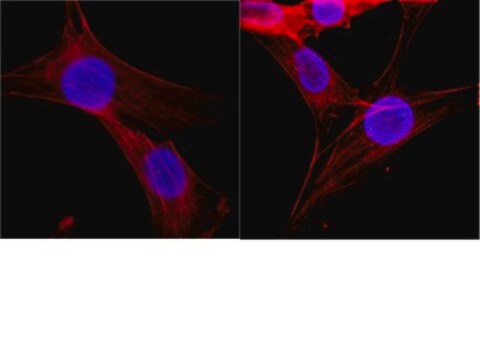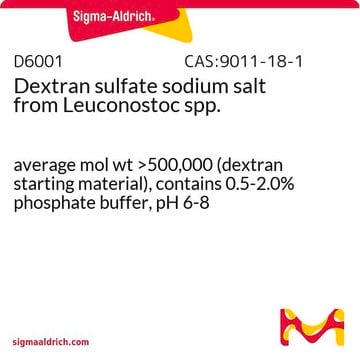MABE71
Anti-Histone Antibody, Pan, clone F152.C25.WJJ
clone F152C25W, from mouse
Synonym(s):
Histone H1.4, Histone H1b
About This Item
Recommended Products
biological source
mouse
Quality Level
antibody form
purified immunoglobulin
antibody product type
primary antibodies
clone
F152C25W, monoclonal
species reactivity
human, bovine
technique(s)
ELISA: suitable
western blot: suitable
isotype
IgG2aκ
UniProt accession no.
shipped in
wet ice
target post-translational modification
unmodified
Gene Information
human ... H2AC21(317772)
General description
Histone H1 is a nuclear protein necessary for condensation of nucleosome chains into higher order structures.
Application
Epigenetics & Nuclear Function
Histones
Quality
Western Blot Analysis: 0.5 µg/mL of this antibody detected Histone H1 and core proteins on 10 µg of Jurkat cell lysate.
Target description
Linkage
Physical form
Storage and Stability
Analysis Note
Jurkat cell lysate
Other Notes
Disclaimer
Not finding the right product?
Try our Product Selector Tool.
Storage Class Code
12 - Non Combustible Liquids
WGK
WGK 1
Flash Point(F)
Not applicable
Flash Point(C)
Not applicable
Certificates of Analysis (COA)
Search for Certificates of Analysis (COA) by entering the products Lot/Batch Number. Lot and Batch Numbers can be found on a product’s label following the words ‘Lot’ or ‘Batch’.
Already Own This Product?
Find documentation for the products that you have recently purchased in the Document Library.
Our team of scientists has experience in all areas of research including Life Science, Material Science, Chemical Synthesis, Chromatography, Analytical and many others.
Contact Technical Service








